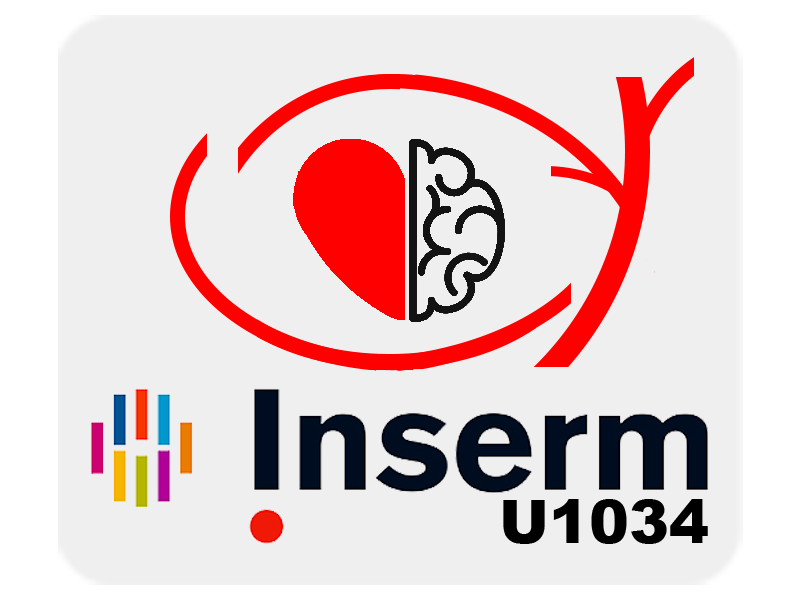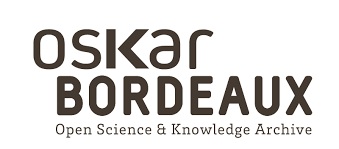A combined approach for the early recognition of acute kidney injury after adult cardiac surgery
Résumé
BACKGROUND:
Cardiac surgery-associated acute kidney injury (CSA-AKI) is a frequent complication. The current criteria to detect CSA-AKI rise only when organic dysfunction has occurred. The Doppler Renal Resistive Index (RRI) and the urinary G1 cell cycle arrest proteins (TIMP-2 and IGFBP7) have been advocated to predict CSA-AKI at an early stage after cardiac surgery. The primary objective was to determine the predictive value of these new markers to detect CSA-AKI after elective heart surgery in patients at risk to develop AKI.
METHODS:
In a prospective observational trial, we studied 50 patients scheduled for elective on-pump heart surgery at high risk for CSA-AKI. The primary outcome was the incidence of AKI according to the KDIGO criteria recording the urine output every hour until ICU discharge and measuring the serum creatinine levels on each postoperative day until the post-procedure peak values were reached or until the 7th postoperative day. The RRI and the urinary proteins [TIMP-2]*[IGFBP7] were measured concomitantly: before surgery, 1hour (H1), 4-hour (H4), 12-hour (H12), and 24-hour (H24) after surgery.
RESULTS:
Thirty-seven patients (74%) developed CSA-AKI. Urinary [TIMP-2]*[IGFBP7] at H12 were significantly higher in patients that developed AKI (0.62, [interquartile] [0.20-1.18] vs. 0.30 [0.07-0.47] P=0.044) with an area under the receiver-operating characteristic curve of 0.69 [0.53-0.84]. The best sensitivity (65%) and specificity (62%) was achieved for a cutoff value of 0.3 (ng.mL-1)2.1000-1. The H12 time-point was the only in which the RRI values measured showed a trend toward statistical significance in patients that developed AKI (0.72 (Standard deviation)±(0.06) vs. 0.68±(0.07) P=0.065). The combination of the two markers ([TIMP-2]*[IGFBP7]+RRI) at H12 showed an increased performance of the accuracy with an area under the receiver-operating characteristic curve of 0.78 [0.62-0.93].
CONCLUSIONS:
In a population at risk of developing CSA-AKI, neither the RRI nor urinary [TIMP-2]*[IGFBP7] detect CSA-AKI occurring in the first post-operative week within the first 24 postoperative hours.


